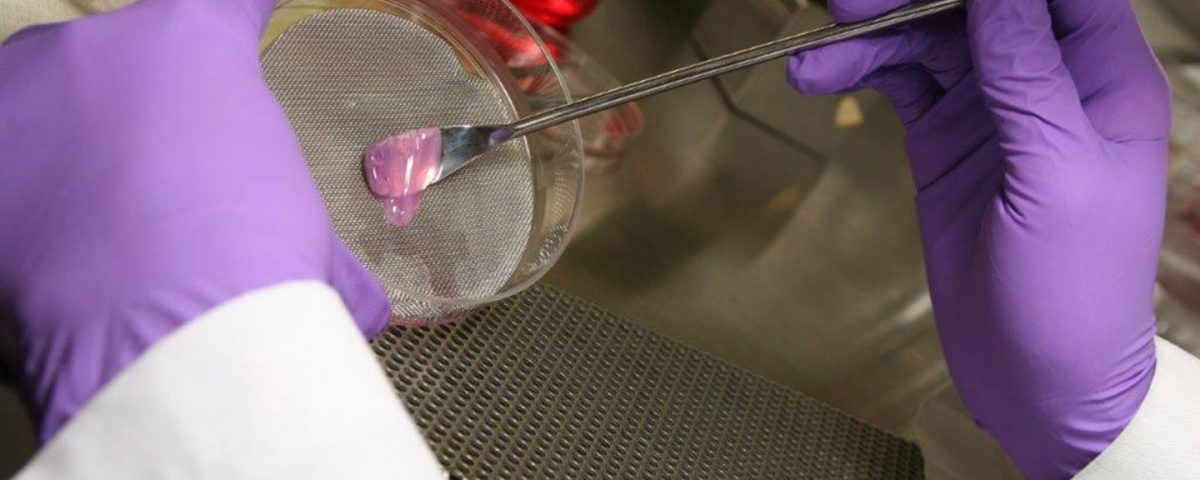- Conceive. Believe. Achieve.
- (724) 452-9690
Potential Source for Melanoma Treatment Found at Penn State Hershey

20th Annual Foreman Foundation Golf Outing
May 6, 2015
Smile and Do Good for Melanoma Research
June 9, 2015According to Penn State College of Medicine researchers, a substance that derives from pine trees has been found as a possible source for a new melanoma treatment.
Current treatments are specifically targeting single proteins, which are effective for only a certain amount of time. Eventually, resistance occurs and the cancer cell’s circuitry finds alternate routes to avoid where the drug is active.
Leelamine, taken from the bark of pine trees, has been discovered to target several protein pathways. According to Penn State News, “These pathways are involved in the development of up to 70 percent of melanoma cells.” Researchers tested over 480 natural components and found Leelamine to be the only roadblock in these pathways.
It has been proven on mice that Leelamine hinders tumor development with no visible side effects. This is a stepping stone in melanoma research. There has to be more research conducted before it can be tested on humans. The patent on this discovery resides in Penn State’s name but they have recently licensed it to Melanovus Oncology for the next group of experiments.
“These breakthroughs are why the Foreman Foundation exists,” said Phillip Foreman, Foreman Foundation Board Chairman. “We raise money and awareness so that one day we can find a cure for melanoma and I do believe we’re on the right track.”
Please visit Penn State Hershey Inspiration 2014 page 43 to receive more information on this exciting breakthrough in melanoma treatment research.




